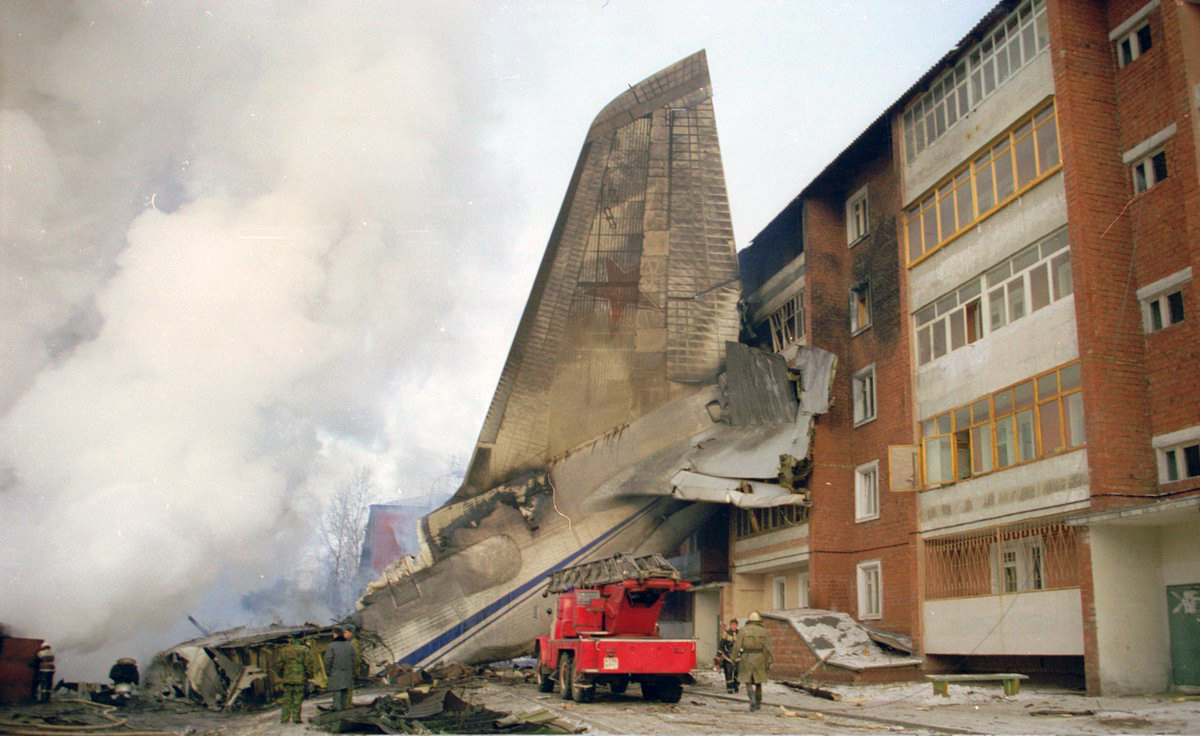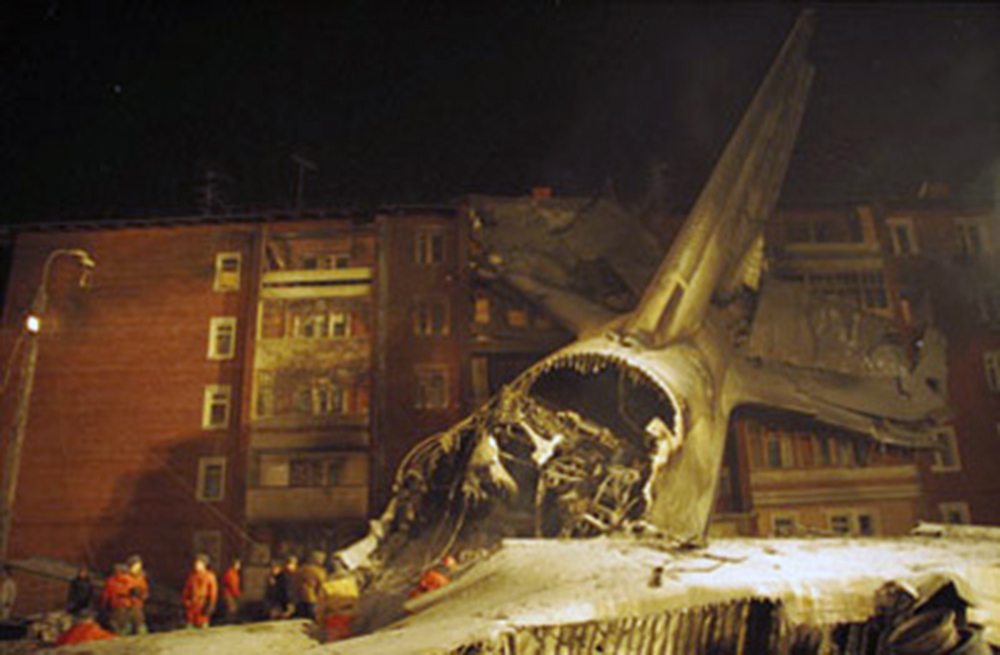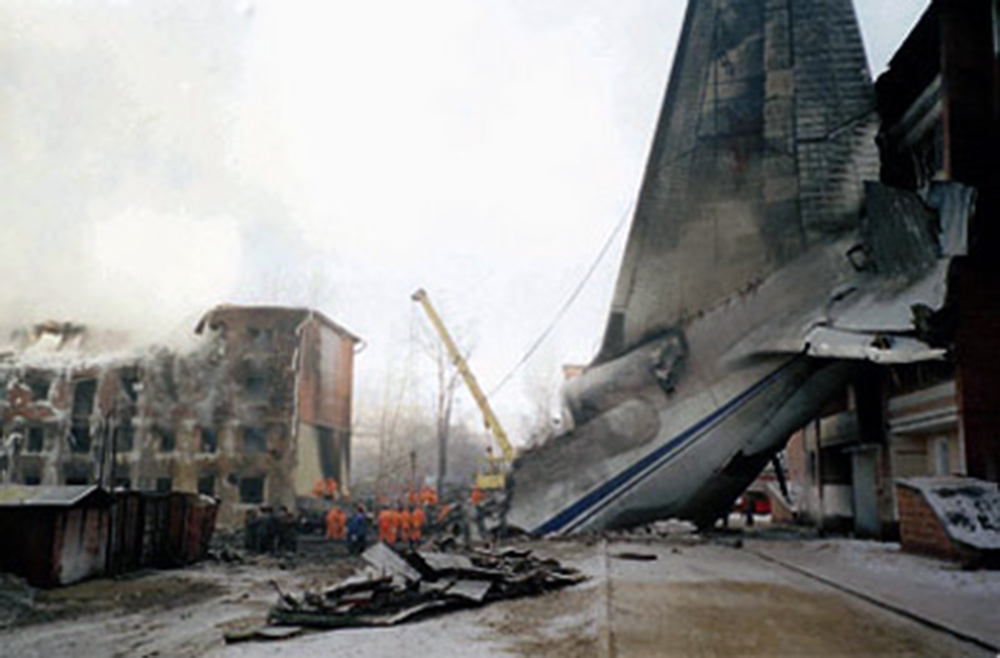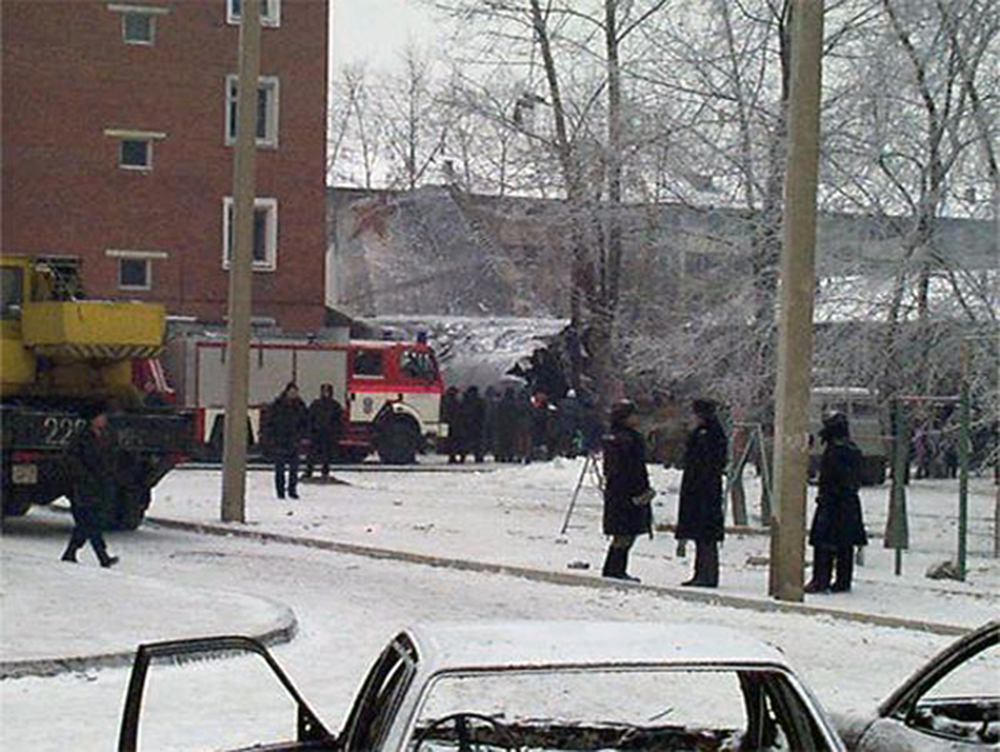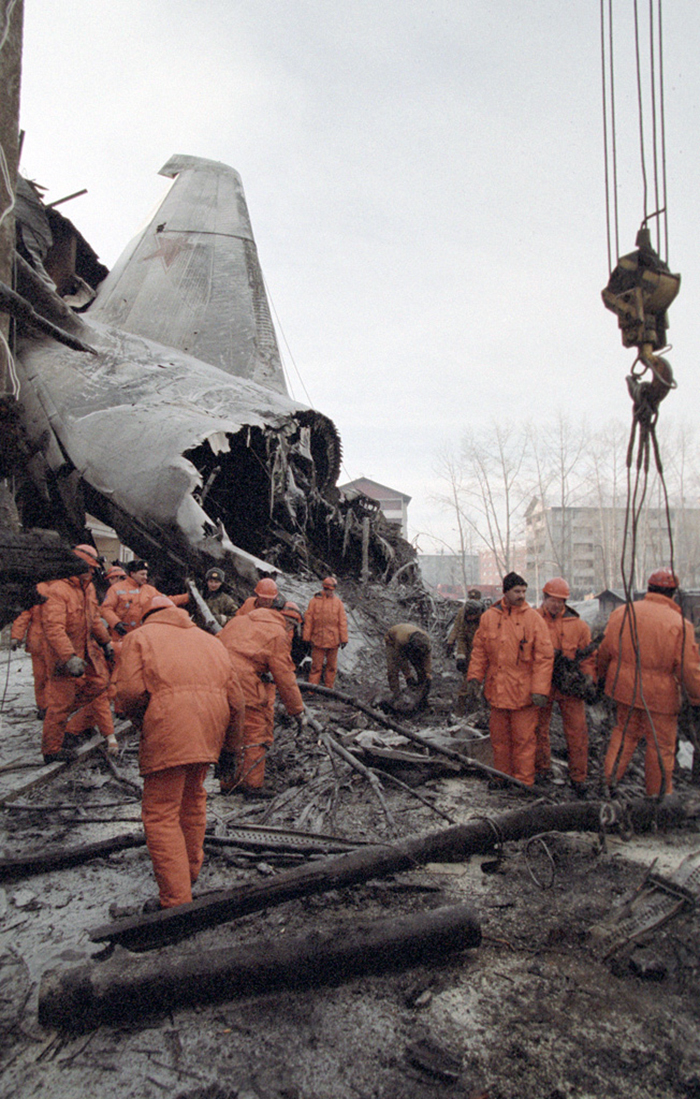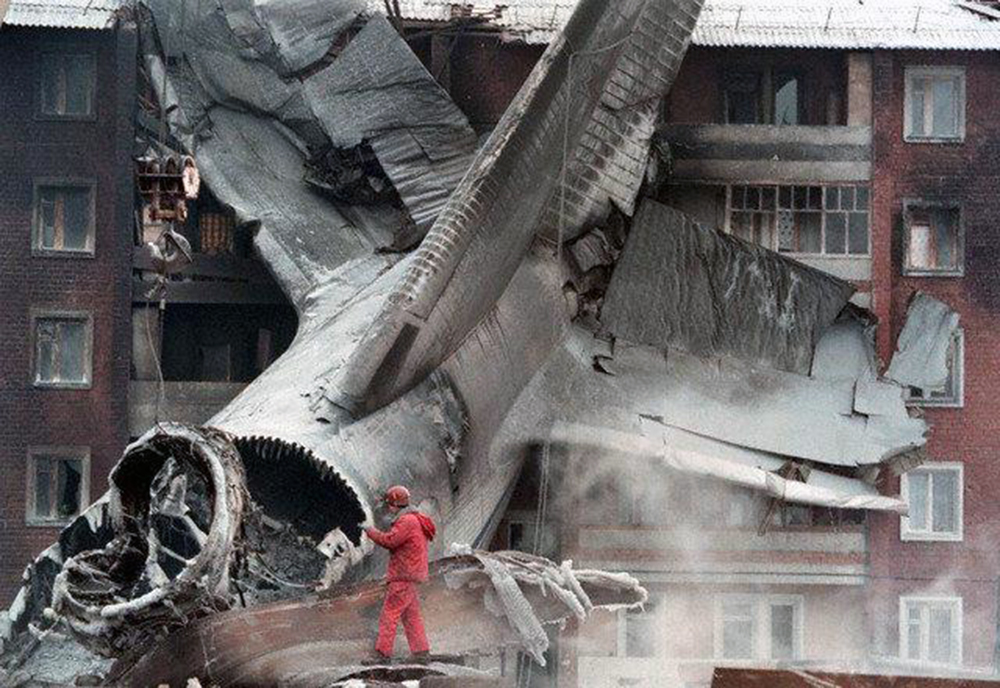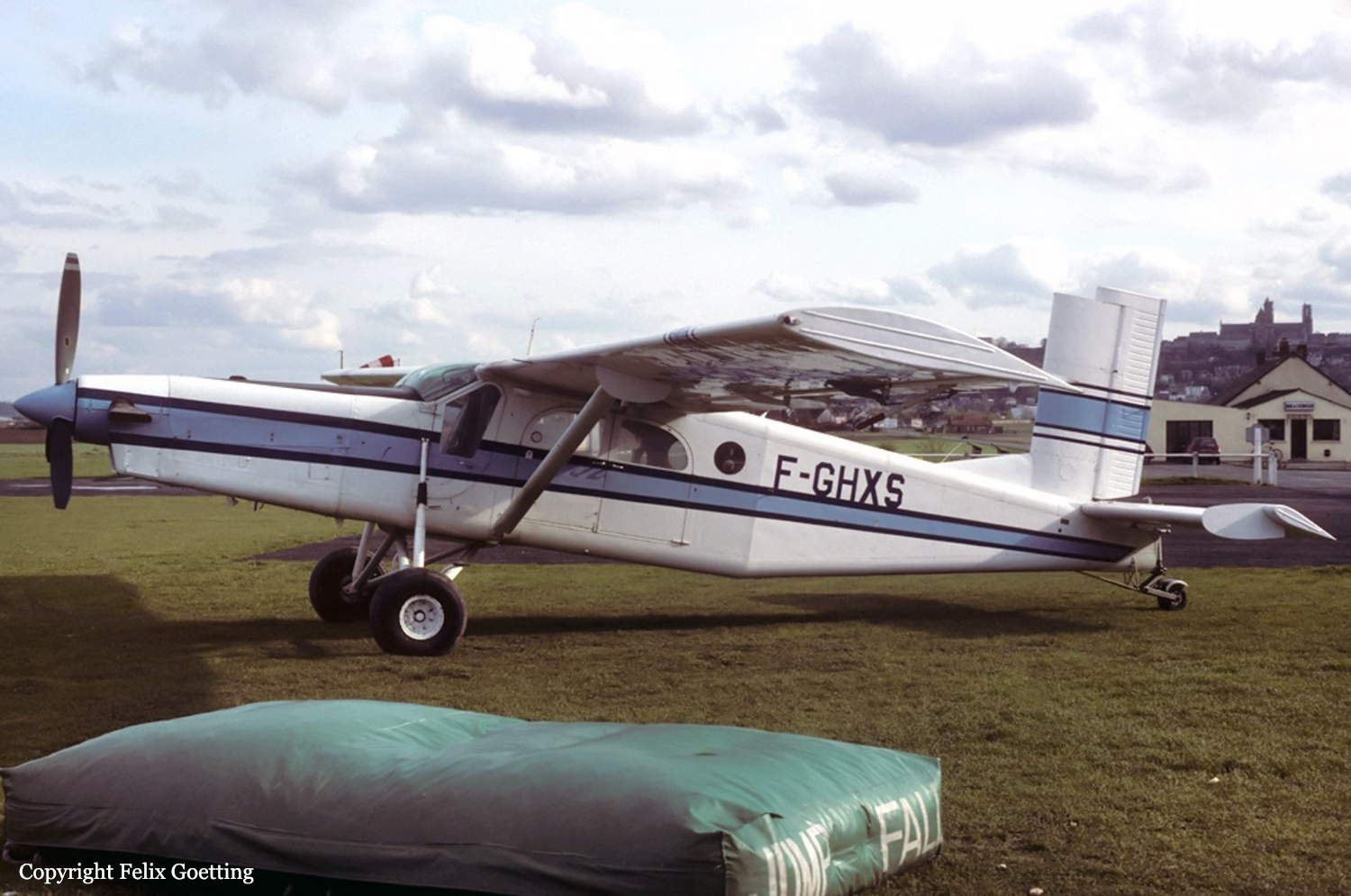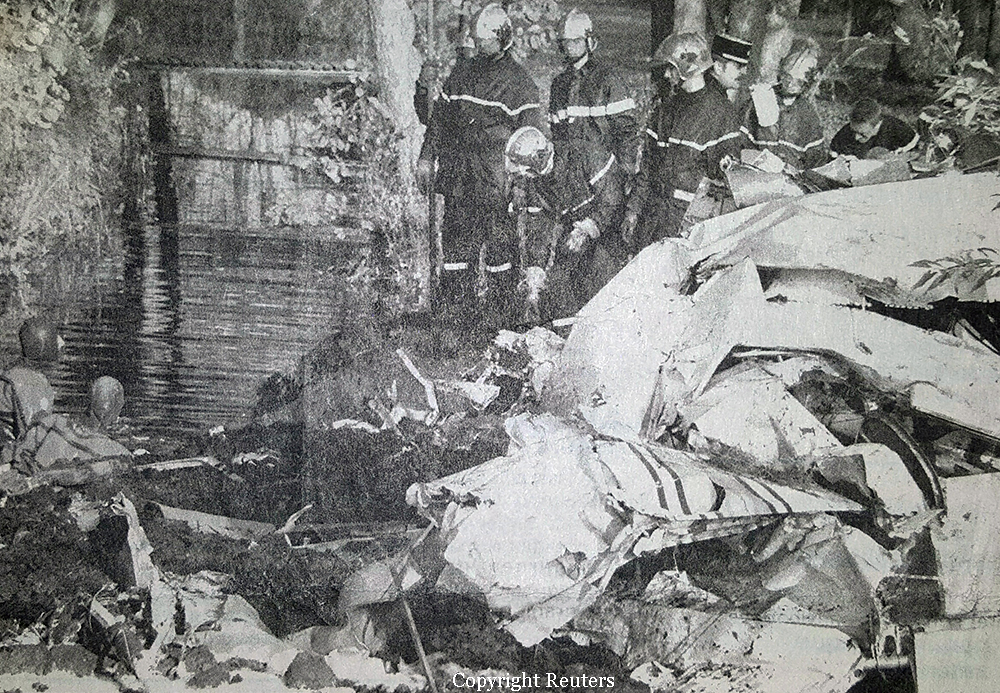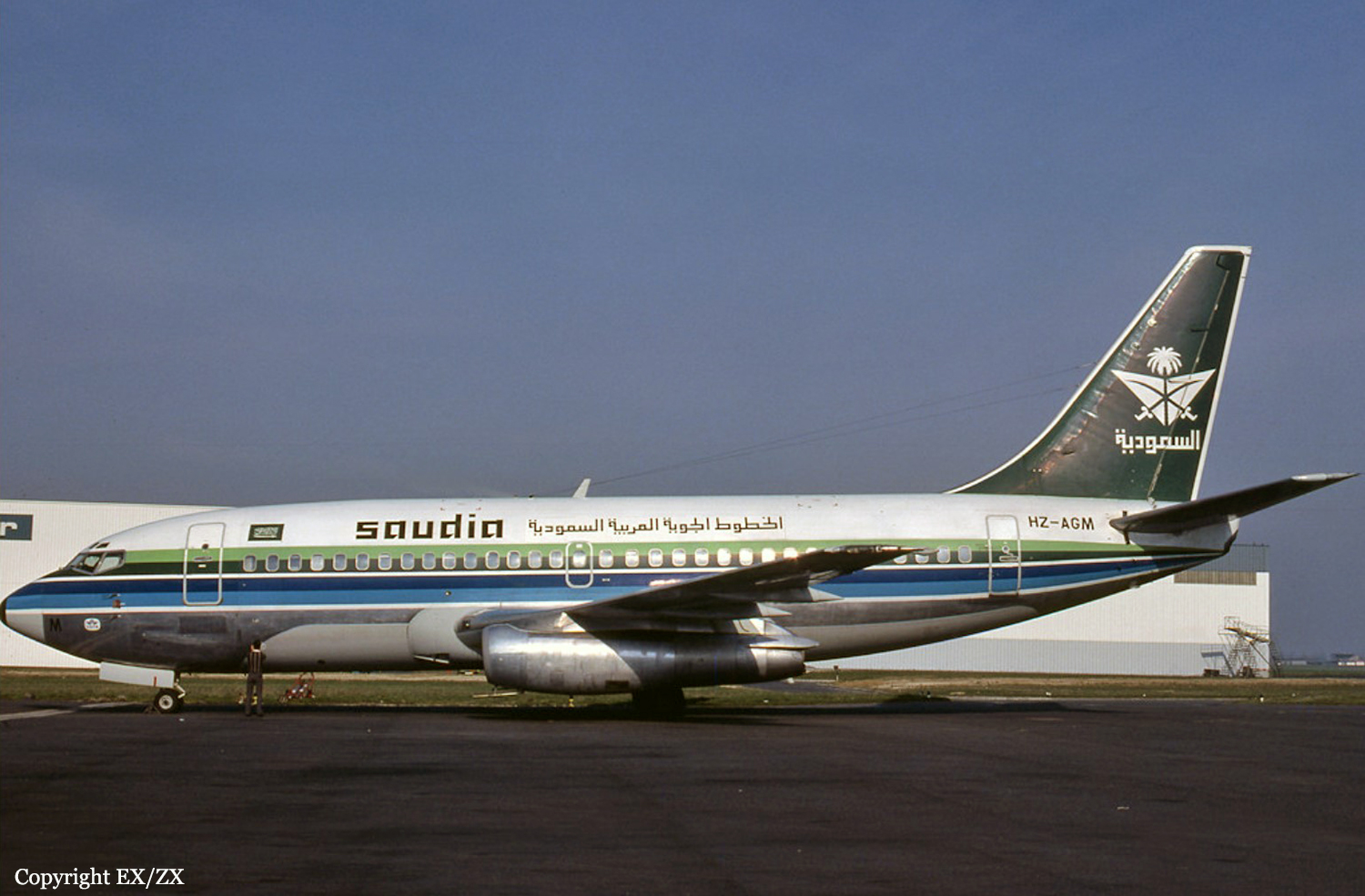Crash of a Swearingen SA226TC Metro II in La Vertiente: 10 killed
Date & Time:
Dec 12, 1997 at 1705 LT
Registration:
CP-1635
Survivors:
Yes
Schedule:
La Vertiente - Santa Cruz
MSN:
TC-359
YOM:
1980
Crew on board:
2
Crew fatalities:
Pax on board:
17
Pax fatalities:
Other fatalities:
Total fatalities:
10
Circumstances:
After takeoff from runway 01/19 at La Vertiente Airport, both engines lost power. The aircraft lost height, struck trees and crashed in a field some 300 metres past the runway end. A crew member and nine passengers were killed while nine other occupants were injured. The aircraft was completing a charter flight to Santa Cruz-Viru Viru Airport on behalf of Servicios Aéreos Vargas de España (SAVE), carrying employees of the Tesoro Bolivia Petroleum Company based in San Antonio, Texas.
Probable cause:
Loss of engine power for undetermined reasons.


